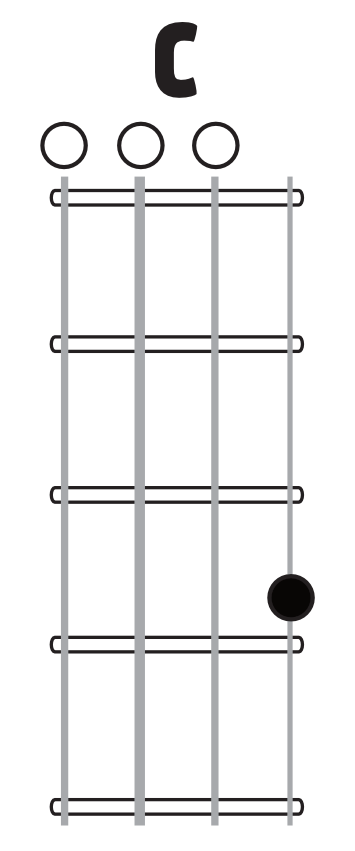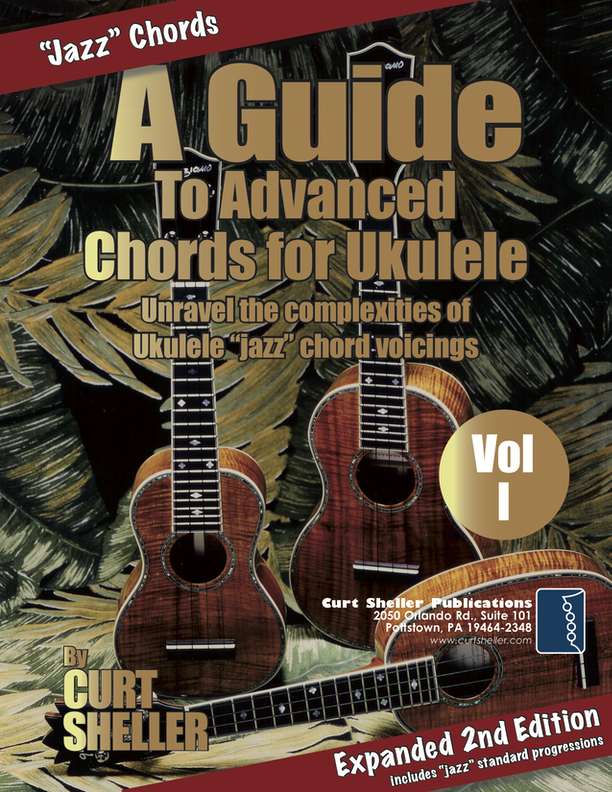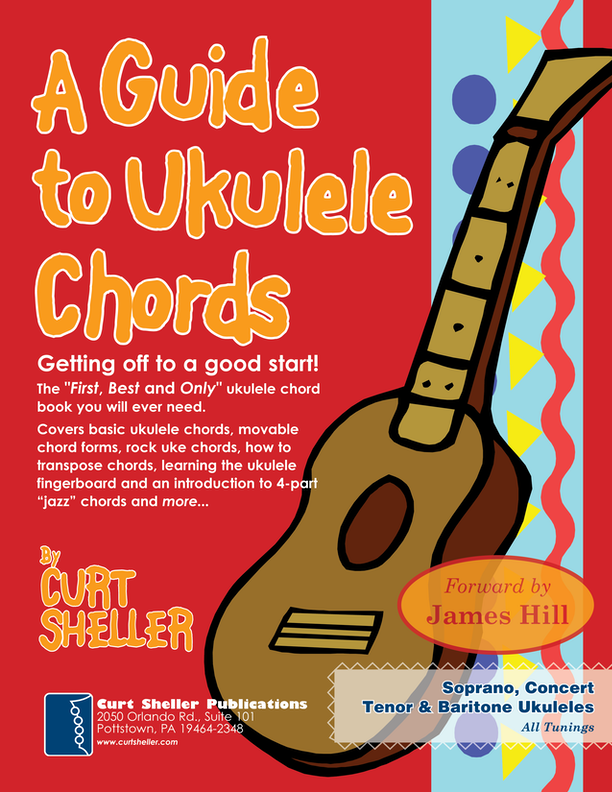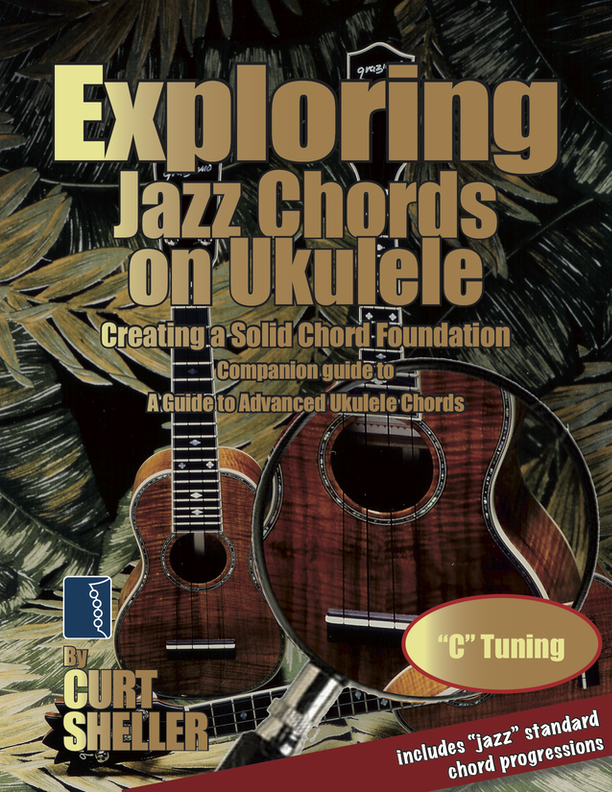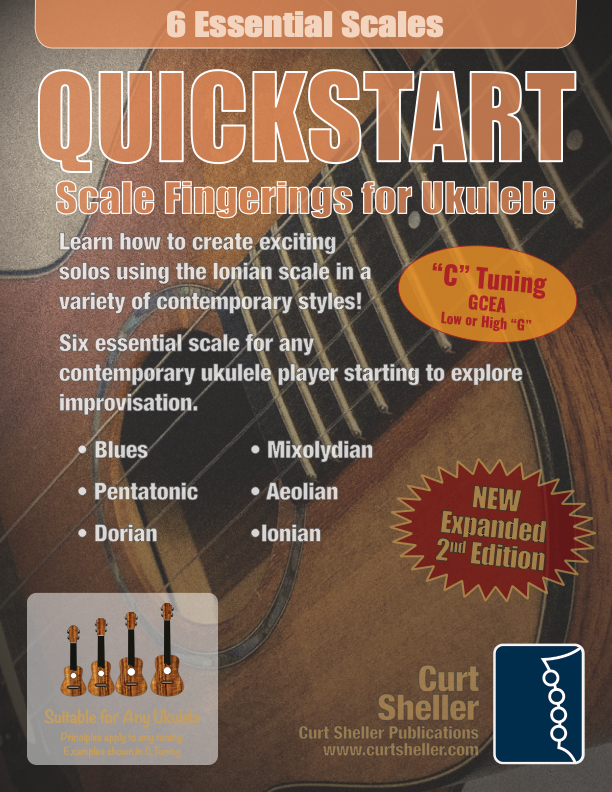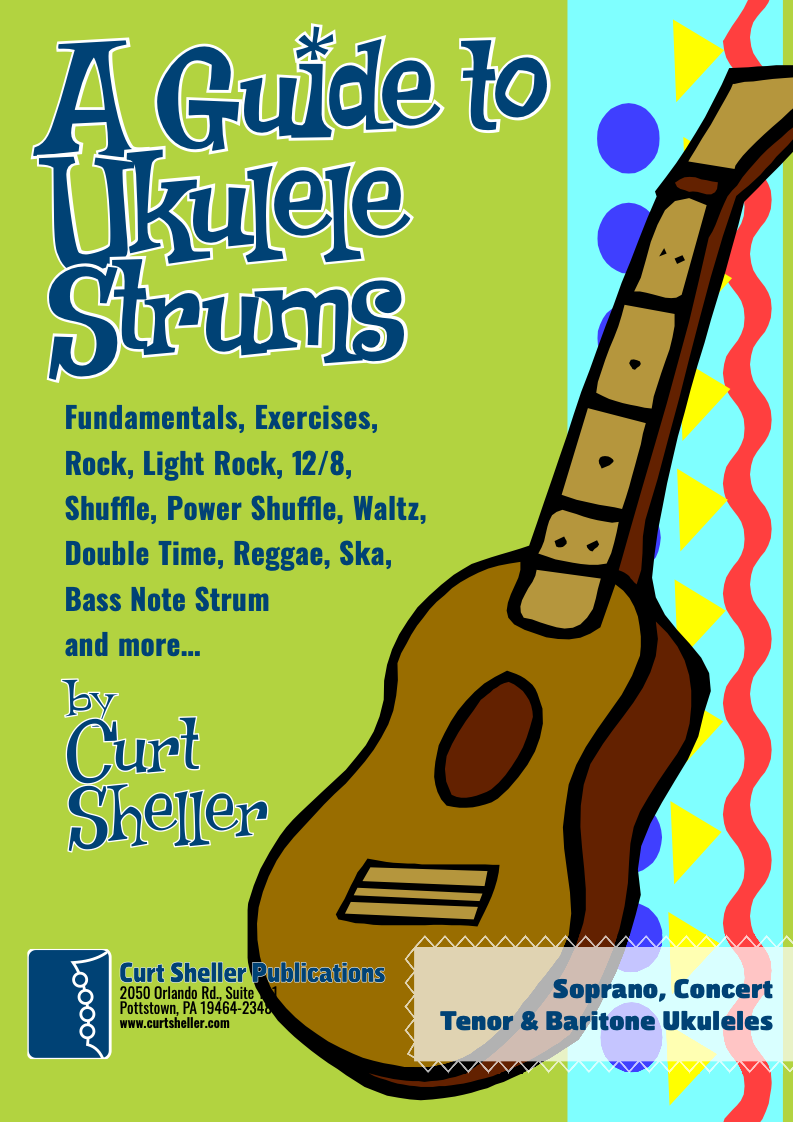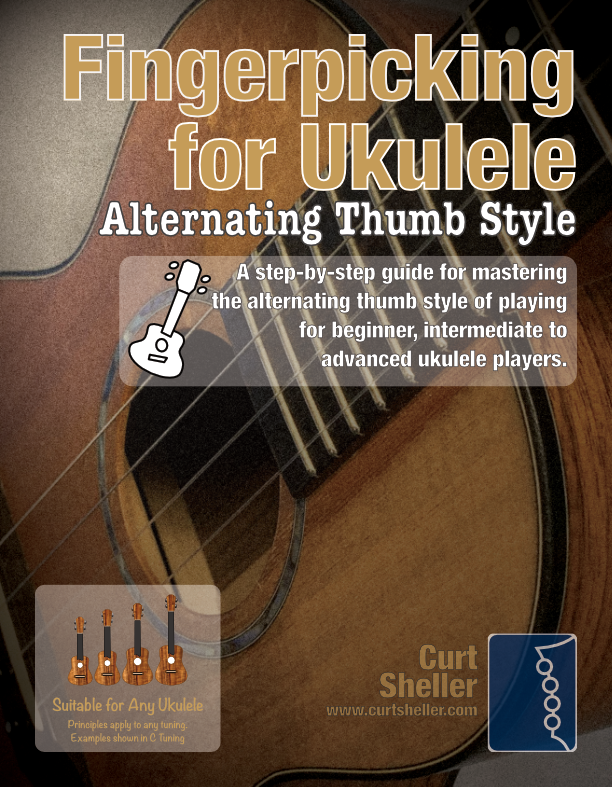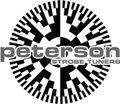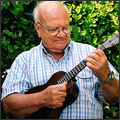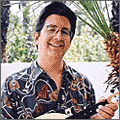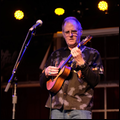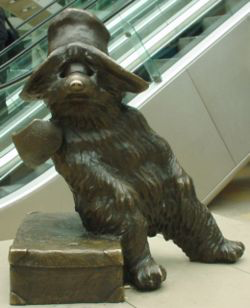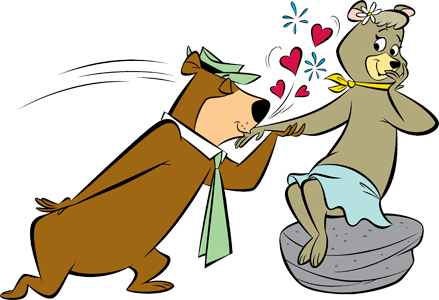Share Getting Started with Ukulele - Lesson Eight
on:
Bluesky
•
facebook
•
twitter (X)
LESSONSeries : Getting Started Series of Ukulele Lessons
Getting Started with Ukulele - Lesson Eight
For Lesson Eight we'll add and build on the lesson and material from lesson four.
- The Fingerboard - Derived Frets
- Secondary Chords - E Major
- Common Progressions - Key of E
- Additional Strumming Patterns
- Understanding Interval Inversion
NOTE: Although these lessons are presented as a weekly series, you can and should take as long as you like to master each week's lesson as there is a lot of material in each lesson in the series.
The individual lessons in this series are viewable from the Lessons button bar above.
The Fingerboard - Derived Frets
Do all the same exercises that you did with the key and secondary key frets – except name the derived frets, the next higher frets and the previous lower frets. These are derived from the key and secondary frets and no new frets to memorize.
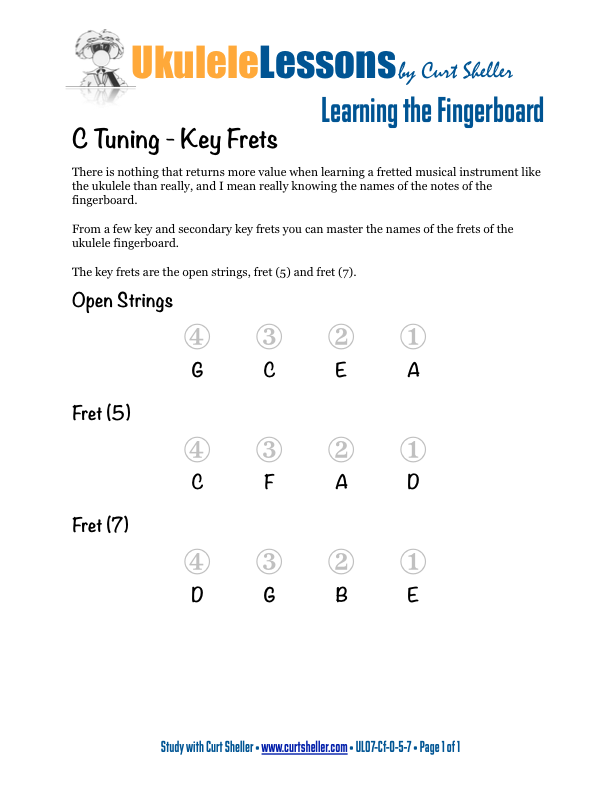
Secondary Chords - E Major
Continuing with the common of key of E major and adding to the primary chords E, A, B and B7 from last week’s lessons. We can add the secondary chords F#m, G#m, and C#m.
Side Note: The Key of E is really more common with guitar players than ukulele players - however until we achieve complete domination as ukulele players we should, at least humor our fellow guitar players and be able to play in one of their common keys, the Key of E.



Recommended Lessons, Series & Resources
Using the Quarter Notes strum and focus on switching between F#m, G#m and C#m.
- F#m to G#m
- F#m to C#m
- G#m to F#m
- G#m to C#m
- C#m to F#m
- C#m to G#m
This will cover all possible connections. Practice switching at a SLOW tempo and slowly increase the tempo as you get comfortable with the chords.
Visualize the next chord while you are on the current chord.
Recommended Lessons, Series & Resources
- LESSON: Four Chord Progressions
- LESSON: Fifties (1950s) Chord Progressions
- LESSON: Four Chord Pop Progressions
With these four chords you can play a lot of songs.

Common Progressions - Key of E
With the primary and secondary chords in the key of E.
Recommended Lessons, Series & Resources
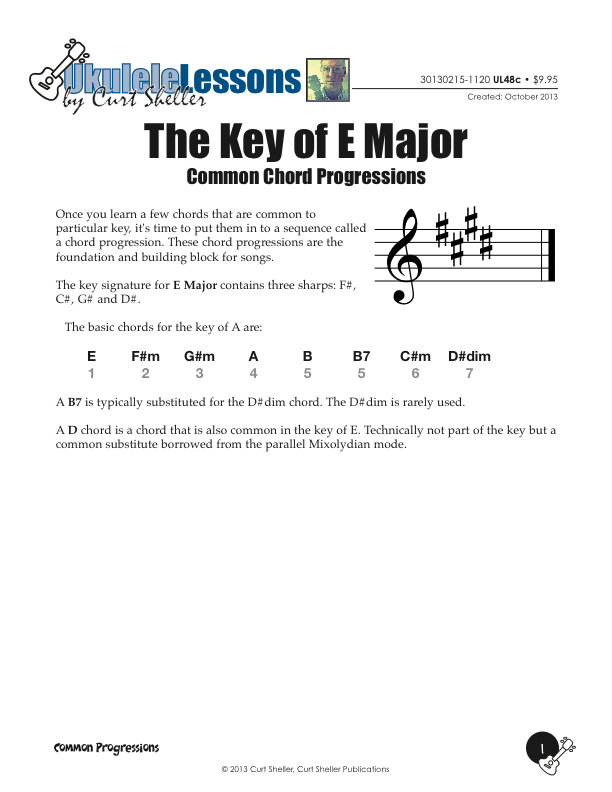
Additional Strumming Patterns
Recommended Lessons, Series & Resources
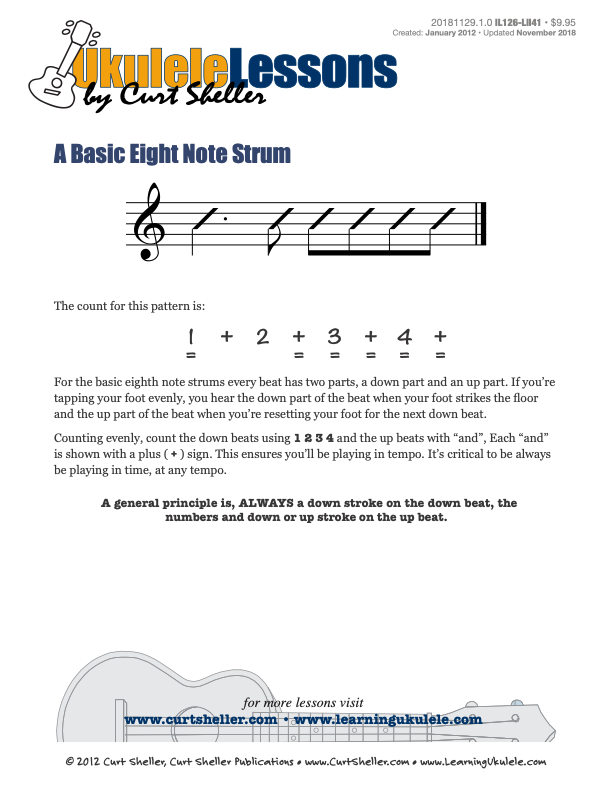
Understanding Diatonic Intervals
An interval is the distance between two notes. An interval has a name and a type. Intervals can be played one note (melodic) or two notes (harmonic) at a time, ascending or descending.
Recommended Lessons, Series & Resources
- LESSON: Understanding Diatonic Intervals

Sign-IN — it's FREE — to view, un-blur any additional content for this lesson.
End of Lesson - Thanks, Hope You Enjoyed It!
Related Lessons, Videos, Lesson Series, Songs, Books & Reference Charts, Resources & Assets, Workshops are below.
Related Lessons
Related Lessons for Getting Started with Ukulele - Lesson Eight
.
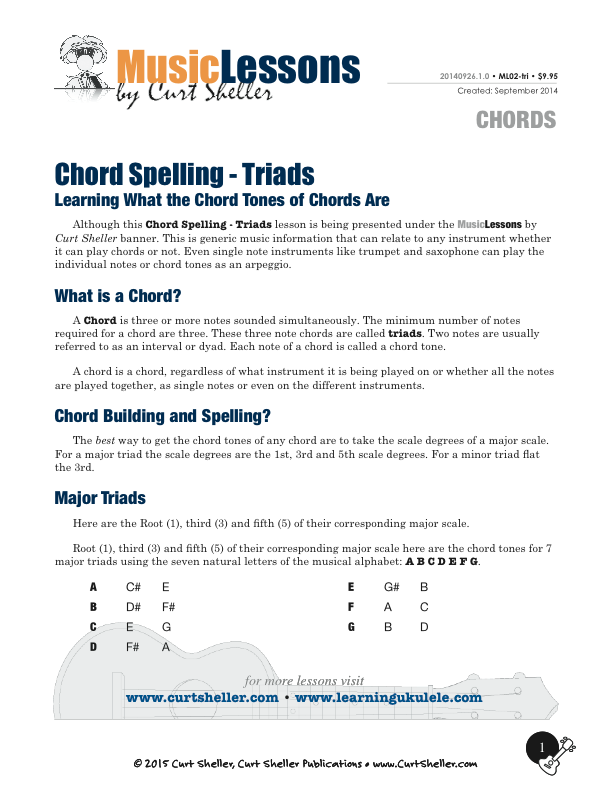
Chord Spelling - Triads
Updated: 21 Oct 2017
This lesson presents the traditional approach for learning the chord tones of chords with a little twist to make it a bit easier. A Chord is three or more notes sounded simultaneously - together or almost together. The minimum number of notes required for a chord are three. These three note chords are called triads. Two notes are usually referred to as an interval or dyad. Each note of a chord is called a chord tone.
Related Lesson Series
Related Lessons Series for Getting Started with Ukulele - Lesson Eight
.
Related Songs
Related Songs for Getting Started with Ukulele - Lesson Eight
.
Related Books & Charts
Related Books for Getting Started with Ukulele - Lesson Eight
.

QuickStart Arpeggio Fingerings for Ukulele, Triads C Tuning
Updated: 10 Jan 2020
QuickStart Scale Arpeggio Fingerings for Ukulele - Triads is a concise, well organized book ideal for any ukulele player beginning to explore the ukulele's full potential as a musical instrument. Arpeggio Fingerings for Ukulele - Triads keeps a sharp focus on essential arpeggios and their fingerings. All material is covered in every key.
A Selection of Books & Reference Charts that are recommended for creating a solid foundation with your chosen instrument and music in general.





Checkout the Books for additional Handy, Dandy Reference Charts.
Reference Charts



Key Signatures — Circle of Fourths and Fifths – ANSI A & A4 sizes
A handy reference chart of all 15 major and relative minor key signatures. US Letter 8.5 x 11 sized (ANSI-A), A4
Checkout the Books for additional Handy, Dandy Reference Charts.
